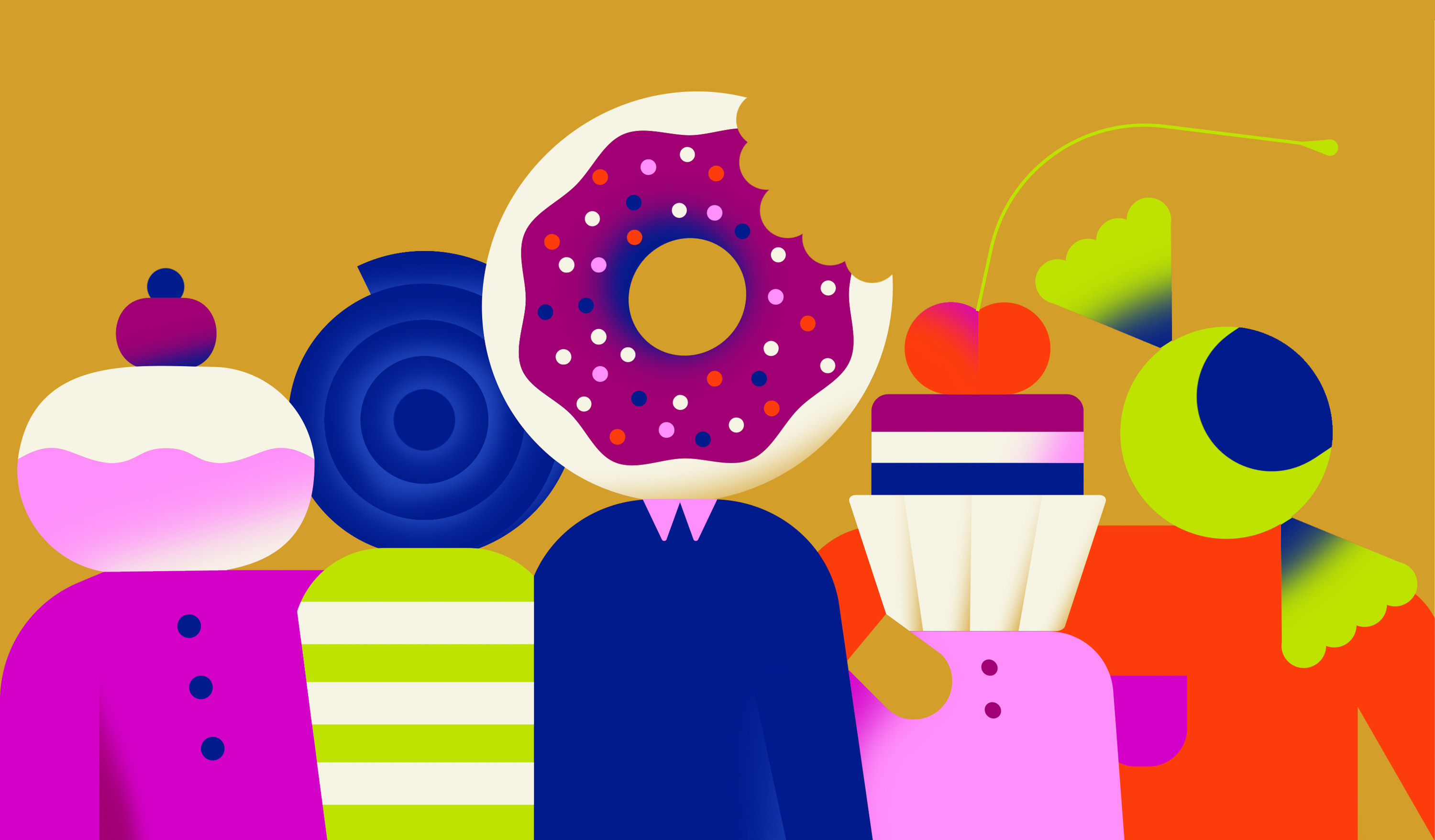Contact cravings
When you’re deprived of human interaction, your brain reacts the same way it does to physical hunger.

After months of social distancing, it’s not surprising that many people have felt starved for human companionship. Now a study from MIT has found that to our brains, the longings we feel during isolation are indeed similar to the food cravings we feel when hungry. After subjects endured one day of total isolation, looking at pictures of people having fun together activated the same brain region that lights up when someone who hasn’t eaten all day sees a picture of pasta.
“People who are forced to be isolated crave social interactions similarly to the way a hungry person craves food,” says cognitive sciences professor Rebecca Saxe, PhD ’03, the senior author of the study. “Our finding fits the intuitive idea that positive social interactions are a basic human need.”
The research team collected the data in 2018 and 2019 as part of a larger research program focusing on how social stress affects behavior and motivation.
For the study, they confined each of 40 volunteers alone in a windowless room for 10 hours without access to their phones, though they could use a computer to contact the researchers. “They had to let us know when they were going to the bathroom so we could make sure it was empty,” Saxe says. “We delivered food to the door and then [messaged] them when it was there. They really were not allowed to see people.” When time was up, participants were scanned in an MRI machine—having been trained to get into it without any help.
On a different day, participants fasted for 10 hours, again followed by an MRI scan. During the scans, they were shown images of food, images of people interacting, and neutral images such as flowers.
When subjects who had been isolated saw photos of people enjoying social interactions, researchers recorded a specific pattern of activity in the substantia nigra, a tiny structure in the midbrain that has previously been linked with drug cravings and hunger. Not only was it similar to the signal produced when the subjects saw pictures of food after fasting, but the amount of activation was correlated with the intensity of the reported longing. The researchers also found that after their time in the isolation room, people who had reported being chronically lonely in the preceding months had weaker cravings for contact than people who were accustomed to more interaction.
“For people who reported that their lives were really full of satisfying social interactions, this intervention had a bigger effect on their brains and on their self-reports,” Saxe says.
The researchers now hope to explore questions like how social isolation affects behavior, whether virtual experiences such as video calls help alleviate cravings for contact, and how isolation affects different age groups.
Keep Reading
Most Popular
Large language models can do jaw-dropping things. But nobody knows exactly why.
And that's a problem. Figuring it out is one of the biggest scientific puzzles of our time and a crucial step towards controlling more powerful future models.
How scientists traced a mysterious covid case back to six toilets
When wastewater surveillance turns into a hunt for a single infected individual, the ethics get tricky.
The problem with plug-in hybrids? Their drivers.
Plug-in hybrids are often sold as a transition to EVs, but new data from Europe shows we’re still underestimating the emissions they produce.
Stay connected
Get the latest updates from
MIT Technology Review
Discover special offers, top stories, upcoming events, and more.